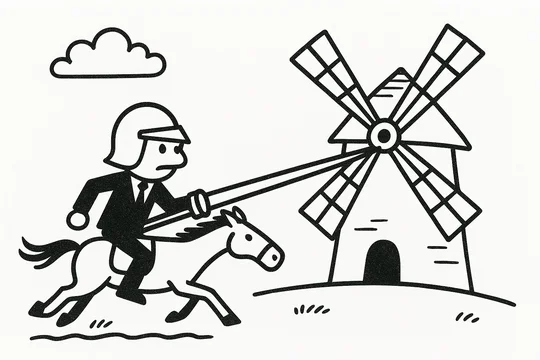
We're back! It looks like a fair number of opinions and orders have accumulated during out hiatus, and we're looking forward to digging into them (seriously—the hardest part of writing the blog is finding things to write about).
Last week, Judge Williams issued a fairly lengthy opinion on a motion to compel production of documents from before the Default Standard's 6-year discovery provision.
For those who are not aware, the District of Delaware's Default Standard limits "follow-up" discovery in patent actions, with some exceptions, to a period of six years prior to the complaint (tracking the limitation on patent damages under § 286) absent a showing of good cause:
Absent a showing of good cause, follow-up discovery shall be limited to a term of 6 years before the filing of the complaint, except that discovery related to asserted prior art or the conception and reduction to practice of the inventions claimed in any patent-in-suit shall not be so limited.
This can be a real limitation on discovery for cases in which the Default Standard applies (which is not all cases). And while parties occasionally reach the Court with a dispute where one party is trying to make the required showing of good cause to get around it, it's not as common as you might think.
But it is an issue that applies to just about every patent case, so it is great to see a detailed opinion from the Court about it. In Roche Diabetes Care, Inc. v. Trvidia Health, Inc., C.A. No. 24-668-GBW (D. Del. July 9, 2025), Judge Williams addressed a motion to compel production of various discovery prior to the six-year cutoff under the default standard.
The Court addressed four categories of documents and interrogatory responses, and ordered production of most of them. The Court ordered production of:
- Development documents
- First sale / demonstrate / manufacture / launch documents
- Documents regarding knowledge of the asserted patents, and the plaintiff's products and methods
The Court denied the motion to compel production as to:
- Damages and reasonable royalty documents
The Court's reasoning for each category provided some useful insights.
As to development information, the Court ...








